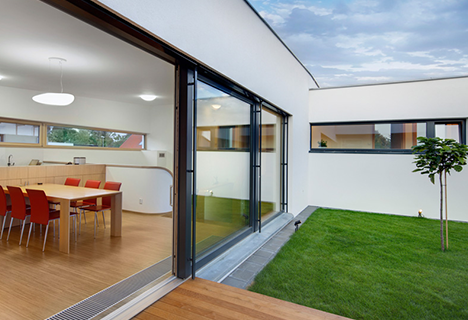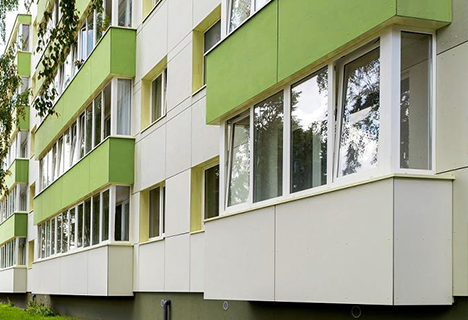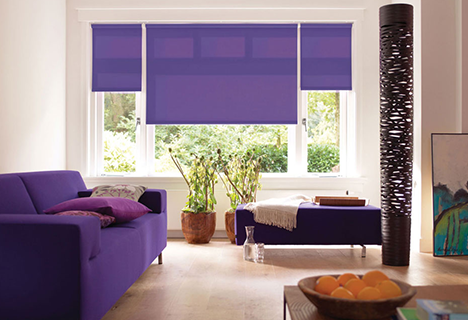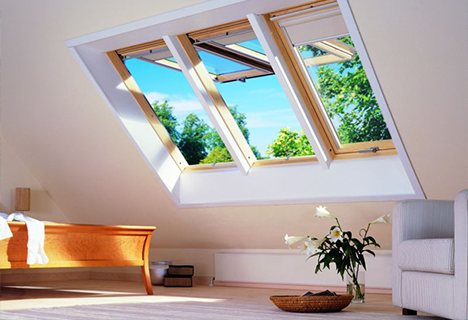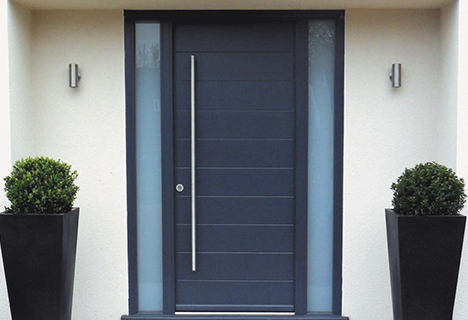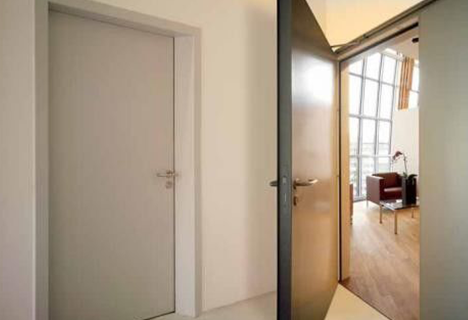Walls thermal insulation in the air gaps
Many have already realized that the outer wall of the house in the air spaces – this “chimney” around the house, pulling out of the room a large part of the heat.
In the attic warm air makes contact with the cold external bricks, give them warmth and cold down, until you get the heat from the inner part of the wall.
The convection circle is about 20% of the wall heat losses per cause. Thus, insulating the walls from the outside air circulation in empty air gap only slightly slowed down, but the heat is still coming out.
By insulating the walls from the inside, the heat are not allowed in the walls, so profound bearing walls layers penetrating cold, moving there and the dew point (the temperature at which the air begins to condense moisture, as the evening dew on the grass), and in the autumn damp not only the outer part of the wall but also its deep layers.
In winter, the cold pressing, eroding not only an external and internal in accordance with the stonework.
In addition, it is damp walls in cooler in the summer usually fail to dry out and there remains a residual moisture content, which contributes to the negative consequences of the following year.
The strength of the insulated walls and thermal insulation properties is constantly deteriorating.
Leave empty air between the walls and to insulate them from the outside?
Insulation from the outside is effective only when the wall is not an empty air space because of the inner wall of the warm air rises to the top and through a variety of minor leaks in the attic carries on the heat. Only a small part of the heat escapes through the outer wall.
Therefore, an empty air space, insulate the walls from the outside irrational, because you will get only a small partial effect.
The ‘s external insulation required air gaps do not have walls or walls with air spaces to fill in the quality of material.
So, if the walls of the air gaps, no matter how thick it is necessary to stop the air convection them, filling them in high quality material.
Currently the market offers a lot of flickering fill the air spaces of various substances.
What materials are suitable for filling air spaces?
Air gap filling material is designed to meet the following requirements:
1) 100% air-filled spaces in the walls and completely stop the circulation of air in them, just because the weather is still the best thermal insulator;
2) not to increase the volume of its walls, as this would jeopardize the damaged wall construction;
3) in a vapor, vol. y. allow the walls to “breathe”;
4) does not absorb water moisture to the inner part of the wall;
5) have good thermal insulation properties;
6) be stable and durable;
7) to have a 100% fill the air spaces without visible facade decoration damage.





